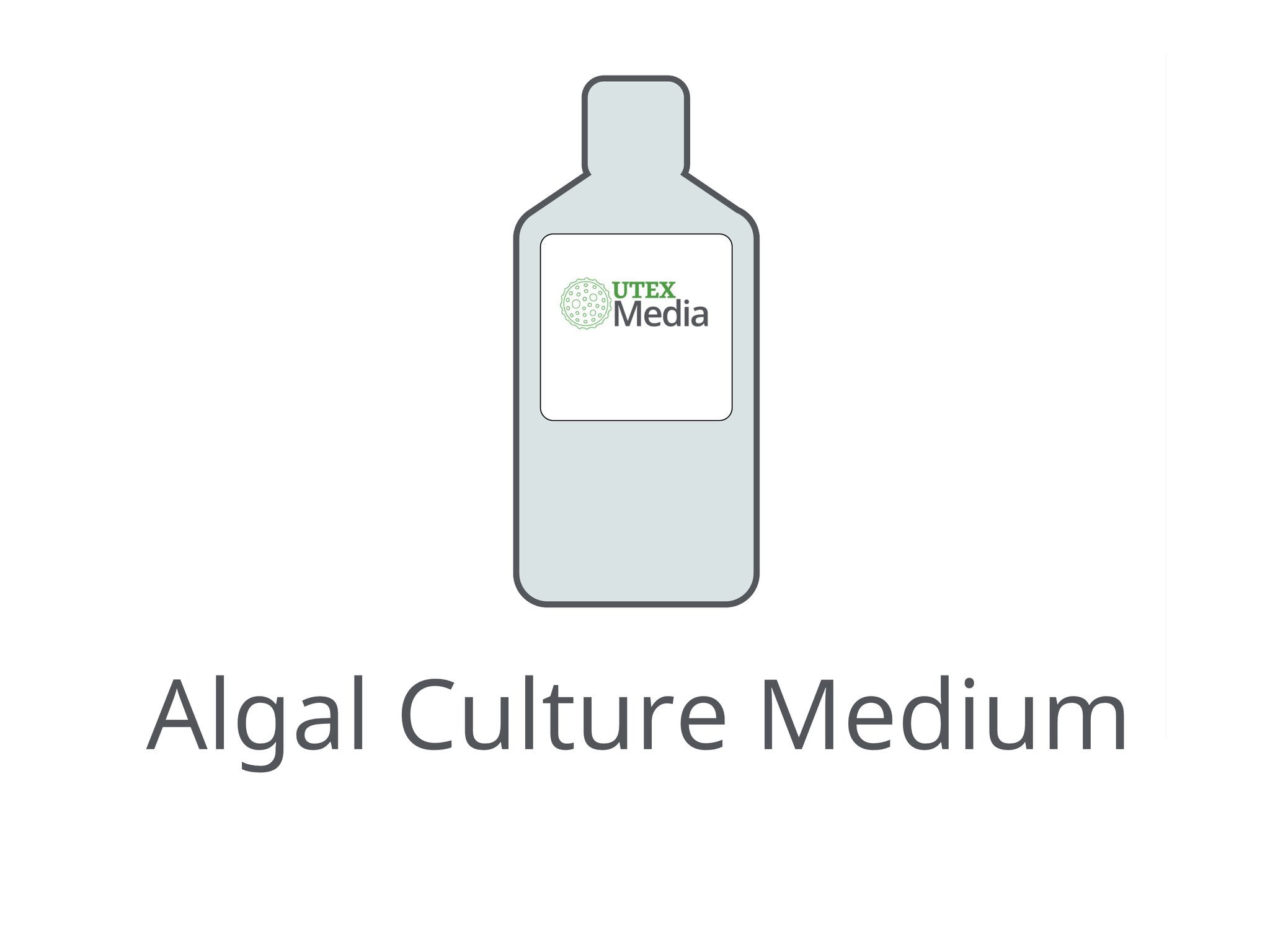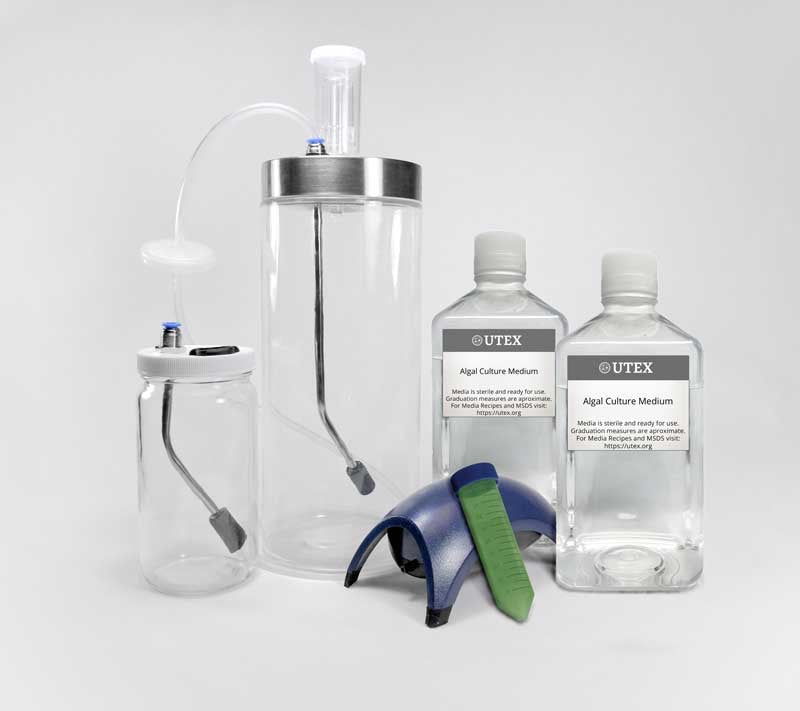Algae Detail
Class: Chlorophyceae
Strain: Selenastrum capricornutum
Media: Bristol Medium (Bri)
Origin: Nitelva River, Akershus, Norway
Description of Location: no data available
Type Culture: No
Collection: no data available
Isolation: O.M. Skulberg (1959)
Isolator Number: no data available
Deposition: NIVA (5/10/68)
Relatives: CCAP 278/4, ?CCAP 278/5 aka FBIU X15; SAG B 61.81; ATCC 22662; NIVA CHL 1; UTCC LB 37
Also Known As: Monraphidium capricornutum; Raphidocelis subcapitata; Pseudokirchneriella subcapitata; Ankistrodesmus bibraianus
Notes: U.S. E.P.A. test organism/bioassays of water quality, toxicity studies; as food for Daphnia & Ceriodaphnia cultures in combination with UTEX 89 or 90 Chlamydomonas reinhardtii & 749 Ankistrodesmus falcatus; taxonomy (Nygaard et al. 1986); antifungal activity (Kellam et al. 1989); no detectable hydrogen photoproduction (Brand et al. 1989)
View the Non-Algae Express version ($125 USD) here.
☰Algae Express Service
Algae Express orders are only available to ship within the continental United States via UPS Next Day Air. Ordering deadlines for this service are Monday-Thursday (excluding U.S. Holidays) between 8:00 AM - 12:00 PM (Noon) CST. Orders placed on Fridays will not ship out until the next available business day. Algae Express is currently not available for international orders and U.S. customers outside of the contiguous United States. UTEX continues to look into expanding the availability of this service to our customers outside of the continental United States. Sign up for our newsletter to stay informed on any new products, services, and educational opportunities.
General Long-term Maintenance Conditions
| Temperature: | 20 °C |
| Light source: | mix of warm-white & cool-white fluorescent lamps |
| Intensity: | 3200 lux (maximum) |
| Periodicity: | 12:12 Light/Dark Cycle |
Those who receive cultures are encouraged to duplicate within reason the long-term maintenance conditions used in the Collection, when handling newly acquired cultures, to reduce the chance of losing the culture. After a stock culture is established, subcultures may be used for testing other conditions. These general maintenance conditions are not our recommendations to achieve optimal growth rates and large quantities of algae. Information on the best growth conditions and media must be acquired in other literature or through careful experimentation. For additional details on the long-term culture maintenance conditions utilized at UTEX, visit the Culture Maintenance Guides page.








